Overview of Milkweed
Milkweed (Asclepias spp.) is a group of common herbaceous ornamentals that are an essential food source for caterpillars of the monarch butterfly (Danaus plexippus). To increase monarch populations, people are increasingly planting ornamental types of milkweed and encouraging common milkweed to grow wherever it occurs in uncultivated areas. While milkweed is beneficial to monarch populations, people need to be aware that it is toxic and can be lethal to animals, particularly horses and other equines.
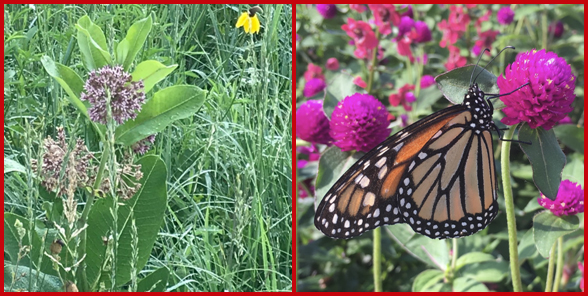
Milkweed Identification
Common milkweed (Asclepias syriaca) grows two to five feet tall and has broad, oval leaves that are five to nine inches long. The leaves are smooth on top and somewhat velvety on the undersides. Flowers, appearing in mid-summer, are pink to purplish and form rounded umbels (i.e., flower clusters). Common milkweed produces prickly, four to six-inch long seedpods filled with brown to black seeds connected to silky white tufts that help the seeds float on air currents when they are released.
Common Milkweed Species in Wisconsin
Other commonly planted milkweeds include swamp milkweed (Asclepias incarnata) and butterfly weed (Asclepias tuberosa). Swamp milkweed grows three to six feet tall, has narrower, oval leaves (with a distinct pointed tip) and produces pink or purple flowers. Butterfly weed grows one to two and a half feet tall, has narrow, pointed-tipped leaves that tend to be hairier than those of common milkweed, and produces yellow, orange or red flowers. Several other species of milkweeds are found in Wisconsin, including whorled milked (Asclepias verticillata), a white-flowered species that is particularly toxic and commonly found in pastures.
Milkweed Toxicity
Why should I be concerned about milkweed? The milky white sap that oozes from the broken stems and leaves of many types of milkweed is a latex that contains high concentrations of steroid derivatives called cardenolides (specifically cardiac glycosides). These compounds are present both in live plants and in dried milkweed (which can sometimes be found in baled hay or in pastures after a plant is cut or dies). Cardiac glycosides disrupt proper muscle (including the heart) and kidney function, the nervous system and the body’s acid-base balance. While horses and other equines are most at risk for milkweed poisoning, all animals including chickens, cattle, sheep, dogs, cats, and even humans, as well as some insects, are susceptible to milkweed toxins.
Interestingly, monarchs cannot break down cardenolides and accumulate these compounds within their bodies. The stored cardenolides give monarchs a bitter taste, making them unattractive to predators.
How will I know if my animals have been poisoned by milkweed?
Common symptoms of milkweed/cardenolide poisoning include depression; salivation; dilated pupils; weak, rapid pulse; labored breathing; loss of muscle control; muscle spasms due to not eating; convulsions; collapse and death. Lethal doses of cardenolide occur at 0.05% of an animal’s body weight when dry plant material is eaten and 2% of body weight when fresh plant material is consumed. For an adult horse, eating 2.2 lb of cardenolide is a lethal dose. Death typically occurs approximately eight to 10 hours after ingestion. If you suspect cardenolide poisoning, give affected animals fresh, non-contaminated food and immediately contact your veterinarian.
How do I prevent milkweed poisoning?
Inspect pastures and hay fields regularly for wild milkweed plants, and remove any you find promptly. Because dried milkweed also contains toxins, do not feed animals hay that contains milkweed. Provide adequate, good-quality forage for your animals. Do not assume that horses and other livestock will not eat milkweed.
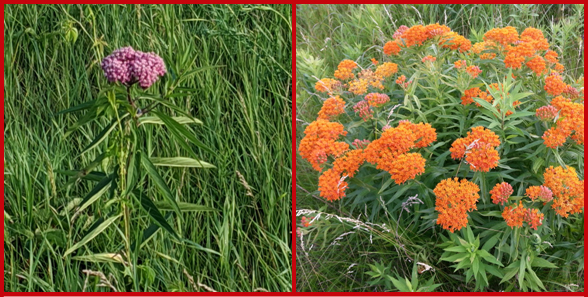
If you are growing milkweed as an ornamental, do not plant it near pastures or fence lines where livestock could potentially reach the plants. Dispose of any milkweed plants that are removed during routine garden cleanup in a location far removed from livestock, so that animals are not able to feed on the dead plants.
Milkweed spreads by underground rhizomes and through windborne seeds. This can make proper management in pastures a challenge. Herbicides can be effective for control, if you apply them at the correct time. See Pest Management in Wisconsin Field Crops (2025) for products available for use in pasture settings. When using herbicides, be sure to follow all label instructions to ensure that you are using the product in the safest and most effective manner possible and limit any adverse livestock exposures.
Authors: Megan Nelson, Livestock Outreach Program Manager and Diana Alfuth, retired Horticulture Educator for Pierce and St. Croix Counties, UW-Madison Extension
Last Revised: 02/24/2021
Download Article





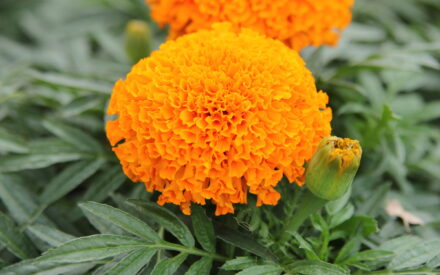 Marigolds
Marigolds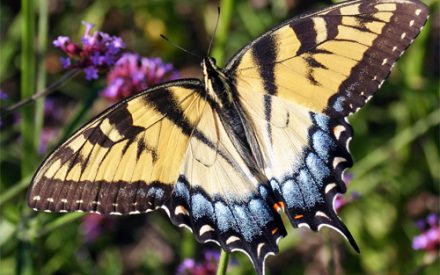 Create a Butterfly Garden
Create a Butterfly Garden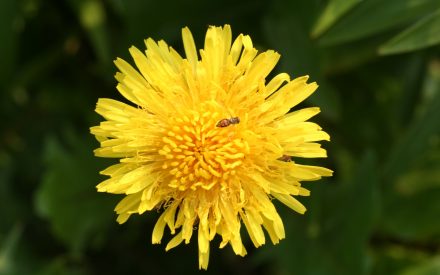 Plant Flowers to Encourage Beneficial Insects
Plant Flowers to Encourage Beneficial Insects Forcing Bulbs
Forcing Bulbs


